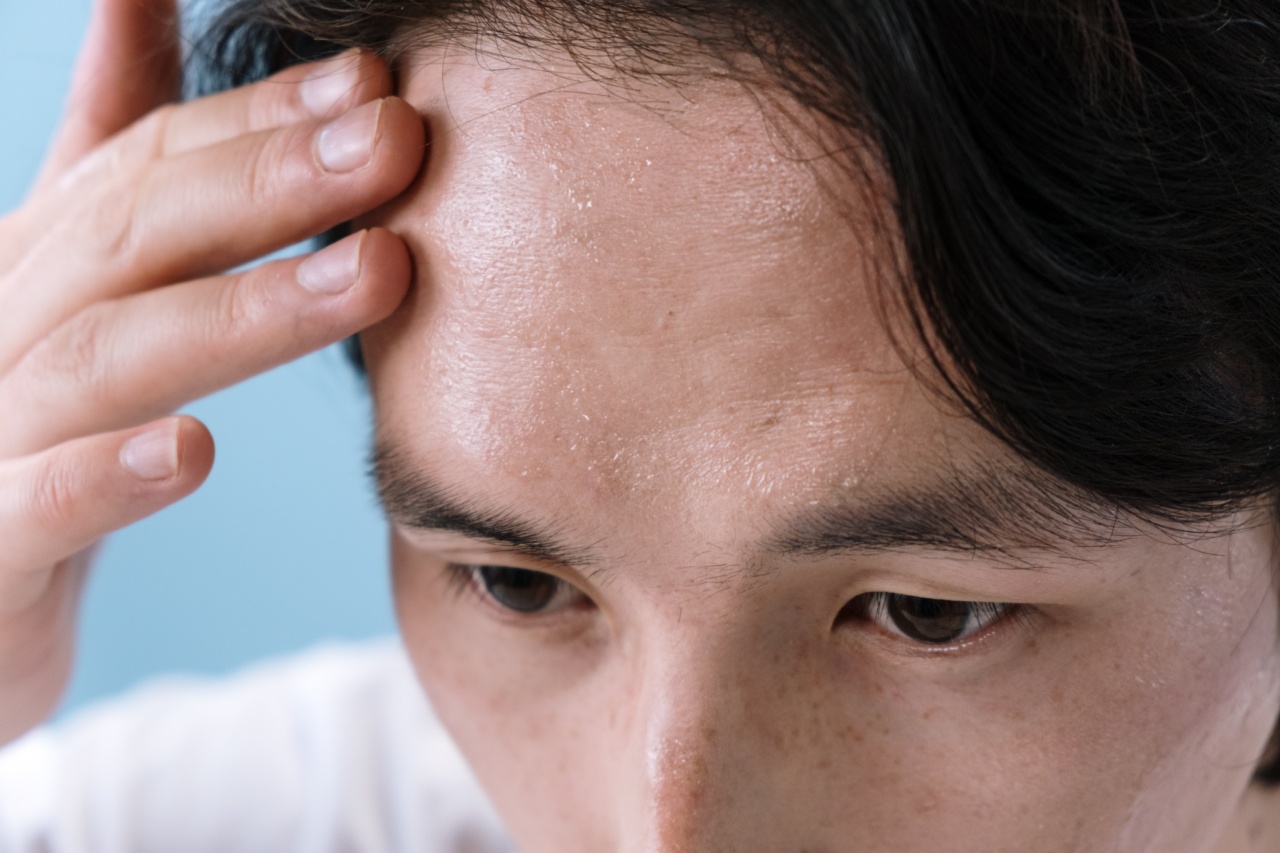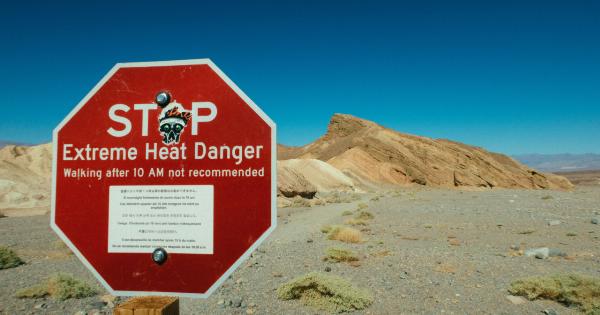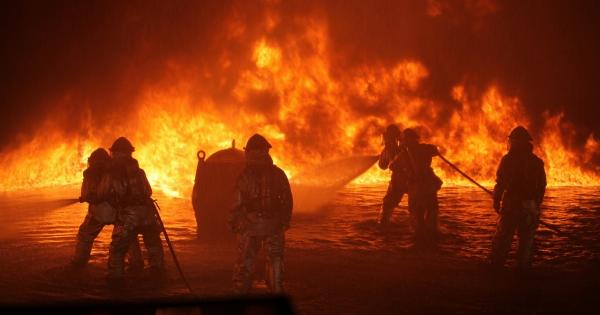Overheating and thermal exhaustion are two conditions that can affect individuals who work outdoors or in hot environments. These conditions can be dangerous and can lead to severe health problems if not recognized and treated on time.
As such, it is essential to recognize the signs and symptoms of these conditions and take appropriate action to prevent any complications. In this article, we will discuss the symptoms of overheating and thermal exhaustion.
What is overheating?
Overheating occurs when the body produces more heat than it can dissipate, leading to a rise in core body temperature. This can happen due to exposure to high temperatures, humidity, or a combination of both.
The body has several mechanisms to regulate the body temperature, including sweating, which helps cool the body down by evaporation. However, these mechanisms may fail when exposed to extreme heat, leading to overheating.
Symptoms of overheating
The symptoms of overheating can vary from person to person and depend on the duration and intensity of exposure to heat. Some common symptoms of overheating include:.
1. Sweating
Sweating is the body’s natural mechanism to cool down when exposed to heat. However, excessive sweating can lead to dehydration and electrolyte imbalances.
If you notice that you are sweating profusely, take a break and move to a cooler environment.
2. Fatigue
Overheating can cause fatigue and lethargy, making it difficult to focus or perform daily tasks. If you feel tired or dizzy, take a break and rest in a cooler environment.
3. Headache
Headaches are a common symptom of overheating. It can be due to dehydration or a decrease in blood flow to the brain. If you experience a headache, move to a cooler environment and drink plenty of fluids.
4. Cramps
Muscle cramps are another symptom of overheating. It can occur due to an electrolyte imbalance or dehydration. If you experience muscle cramps, rest in a cooler environment, and drink fluids with electrolytes.
5. Nausea
Overheating can cause nausea and vomiting. If you feel nauseous, move to a cooler environment and rest. Drink fluids, but avoid alcohol and caffeine.
6. Rapid heartbeat
Overheating can cause an increase in heart rate. If you notice that your heart rate is racing, move to a cooler environment and rest. Avoid physical activity until your heart rate normalizes.
7. Fainting
In severe cases, overheating can cause fainting and loss of consciousness. If you feel faint or dizzy, move to a cooler environment, lie down, and elevate your legs. Drink fluids, but avoid alcohol and caffeine.
What is thermal exhaustion?
Thermal exhaustion, also known as heat exhaustion, is a medical condition that occurs due to exposure to high temperatures, leading to a rise in core body temperature.
It is a milder form of heat stroke and can lead to severe health complications if left untreated.
Symptoms of thermal exhaustion
The symptoms of thermal exhaustion can vary from person to person, and it can be challenging to diagnose. Some common symptoms of thermal exhaustion include:.
1. Fatigue
Thermal exhaustion can cause fatigue and lethargy, making it difficult to perform daily tasks. If you feel tired or dizzy, take a break, move to a cooler environment, and rest.
2. Sweating
Sweating is the body’s natural mechanism to cool down when exposed to heat. If you notice that you are sweating excessively, take a break, and move to a cooler environment.
3. Headache
Headaches are a common symptom of thermal exhaustion. It can be due to dehydration or a decrease in blood flow to the brain. If you experience a headache, move to a cooler environment and drink plenty of fluids.
4. Nausea
Thermal exhaustion can cause nausea and vomiting. If you feel nauseous, move to a cooler environment and rest. Drink fluids, but avoid alcohol and caffeine.
5. Dizziness
Dizziness is a common symptom of thermal exhaustion. If you feel dizzy, move to a cooler environment, lie down, and elevate your legs. Drink fluids, but avoid alcohol and caffeine.
6. Rapid heartbeat
Thermal exhaustion can cause an increase in heart rate. If you notice that your heart rate is racing, move to a cooler environment and rest. Avoid physical activity until your heart rate normalizes.
7. Muscle cramps
Muscle cramps are another symptom of thermal exhaustion. It can occur due to an electrolyte imbalance or dehydration. Rest in a cooler environment, drink fluids with electrolytes.
8. Pale skin
Thermal exhaustion can cause pale, clammy skin. If you notice that your skin is pale, move to a cooler environment and rest. Drink fluids, but avoid alcohol and caffeine.
Conclusion
Overheating and thermal exhaustion are two conditions that can occur due to exposure to high temperatures, humidity, or a combination of both. These conditions can be dangerous and can lead to severe health complications if left untreated.
Recognizing the signs and symptoms of these conditions is essential to take appropriate action and prevent any health complications. If you experience any of these symptoms, move to a cooler environment, rest, and drink plenty of fluids.






























